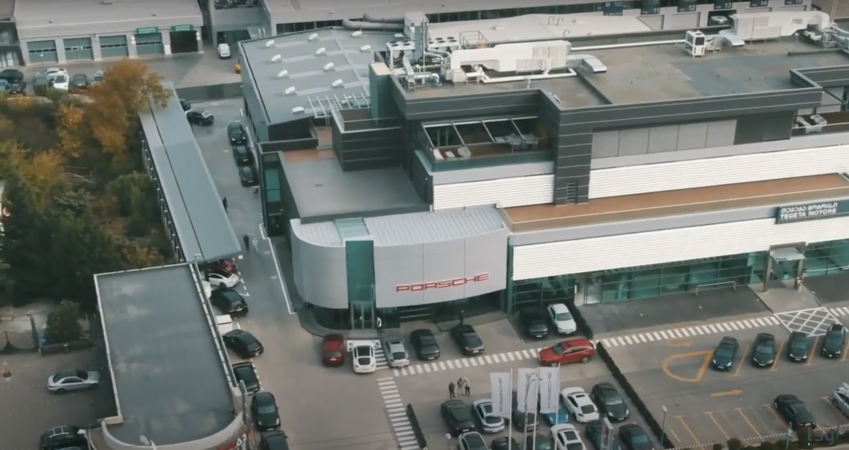Interview with Soso Beridze – Managing Director and Co Founder of LSG Solutions
This is how Porsche Tbilisi Service Center was built
Interview with Soso Beridze – Managing Director and Co Founder of LSG Solutions
Fire and Life Safety: International Standards and Practices
Fire safety is one of the major challenges in the construction industry. With rapid urbanization, the number of buildings increases while the distance between them reduces, thus creating the risk of fire spread and the damage caused by it. In 2019-2020, 15 368 fire incidents were reported in Georgia, taking the lives of 63 people […]


